Graham Reid | | 3 min read
Queen of the Sea, by Norah Jones
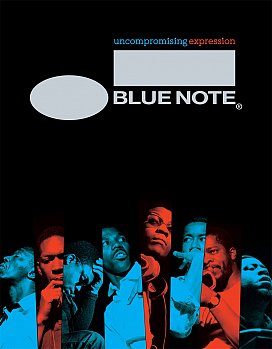
Although there have been a number of books dedicated to the history of the influential American jazz label Blue Note -- and a few just dealing with the innovative, singular cover designs -- there's still a place for this contentious, large-format 400-page paperback which comes with more than 600 illustrations of album covers, studio shots and reproductions from contact sheets.
In a clear and concise essay, author Havers tells the story of the flickering origins of Blue Note back in Weimar Germany where jazz was a vital and influential driving force, and Berlin was the hometown of Alfred Lion who would found the label in New York when he emigrated there in the mid Thirties.
Havers follows the story of the label through those formative years when Lion recorded Albert Ammons, Meade Lux Lewis and others on 10'' discs.
In the label's classic period (late Forties to the mid Sixties) the label flourished when Lion – with producer Rudi Van Gelder, his business partner and photographer Francis Wolff, and designer Reid Miles – was presenting scores of albums which captured the spirit and music of the greatest jazz musicians of their generation: Miles Davis, Thelonious Monk, Kenny Dorham, John Coltrane, Sonny Rollins, Herbie Hancock, Elvin Jones, Art Blakey . . .
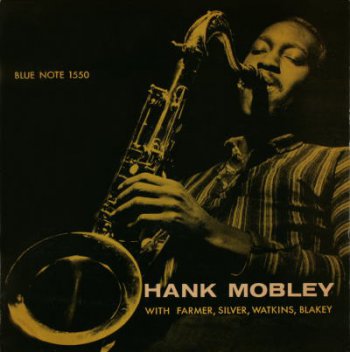 The list goes on.
The list goes on.
In the late Sixties the spirit and look of the label changed and by the Eighties Lion – who had left the company in 1967 -- would say it wasn't really Blue Note anymore.
Reid Miles and Francis Wolff were gone too. Rudi Van Gelder's studio in New Jersey was used less frequently.
The music carried on, some of it very good, but the label atrophied to the point of being moribund.
The label remained active under Michael Cuscuna who, with Charlie Lourie, went through Blue Note's vaults in the late Seventies and packaged up numerous reissues and unreleased music.
There was excitement about that but in the long view Blue Note was increasingly being seen as an archive label, not contemporary.
In the mid Eighties the new head of Blue Note, Bruce Lundvall came in to resurrect it. His track record was questioned: he had the industry experience (Columbia and Elektra) and was a fan of the music, but as many noted when he'd helmed Elektra Asylum he mainly did reissues or found unreleased recordings.
Lundvall, to his credit although purists would dismiss his choices, brought the label into the present with artists like Bobby McFerrin, Dianne Reeves, US3 and especially the mega-selling Norah Jones.
DJ Gilles Peterson was given the keys to the vaults for hip-hop and acid-jazz mash-ups and deep cuts.
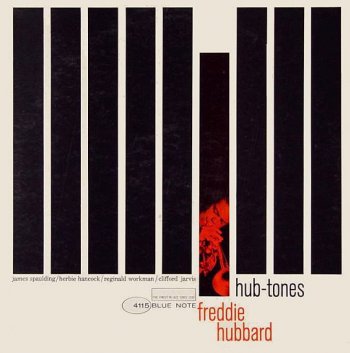 The label was revived and people like Van Morrison (albeit for just one album) was on Blue Note.
The label was revived and people like Van Morrison (albeit for just one album) was on Blue Note.
Author Havers follows this story through to the new boss, Don Was in 2012, and albums by Renee Rosnes, Medeski Martin and Wood, Jason Moran, Joe Lovano . . .
All credible and creditable jazz artists on the illustrious roster.
This history is well told and along the way Havers has full page stories on scores of albums from classics to lesser known releases. The artwork of contact sheets, Reid Miles' cropping of Wolff's photos and so on is excellent.
All of this makes for a fine addition to the bookshelves and offers a working outline of the Blue Note story.
However where it is contentious is in Harvard's “reviews” of some albums which occasionally slips into the vernacular: “Neither did Reid Miles design the cover and boy does it show,” he writes about Bobby Hutcherson's Total Eclipse.
Of Ronnie Foster's Two Headed Freap in 1973: “The album is very definitely of its time and should be appreciated as such. The Penguin Guide to Jazz on CD reviewer is of the same opinion as the critic in our main quote [“the casual meanderings of background pop music”] and ignores the album, which says a lot about how the jazz police see this era. A word of advice – don't let them brainwash you!”
 Such changes of tone from serious historical account to slight hysterical opinion don't sit well together in the book – first published in hardback a decade ago, now in paperback.
Such changes of tone from serious historical account to slight hysterical opinion don't sit well together in the book – first published in hardback a decade ago, now in paperback.
Otherwise it aims high and is useful, often insightful, certainly beautifully presented and well laid-out with iconic images and fascinating live and studio shots of the great jazz musicians, often in black'n'white and surrounded by wreaths of cigarette smoke.
.
UNCOMPROMISING EXPRESSION; BLUE NOTE by RICHARD HAVERS Thames and Hudson $80

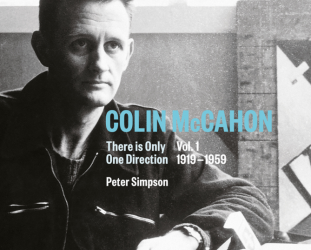

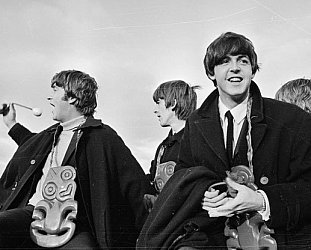
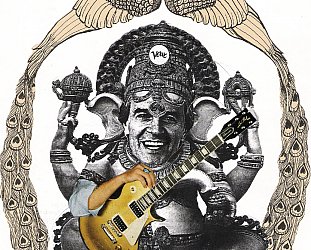
post a comment